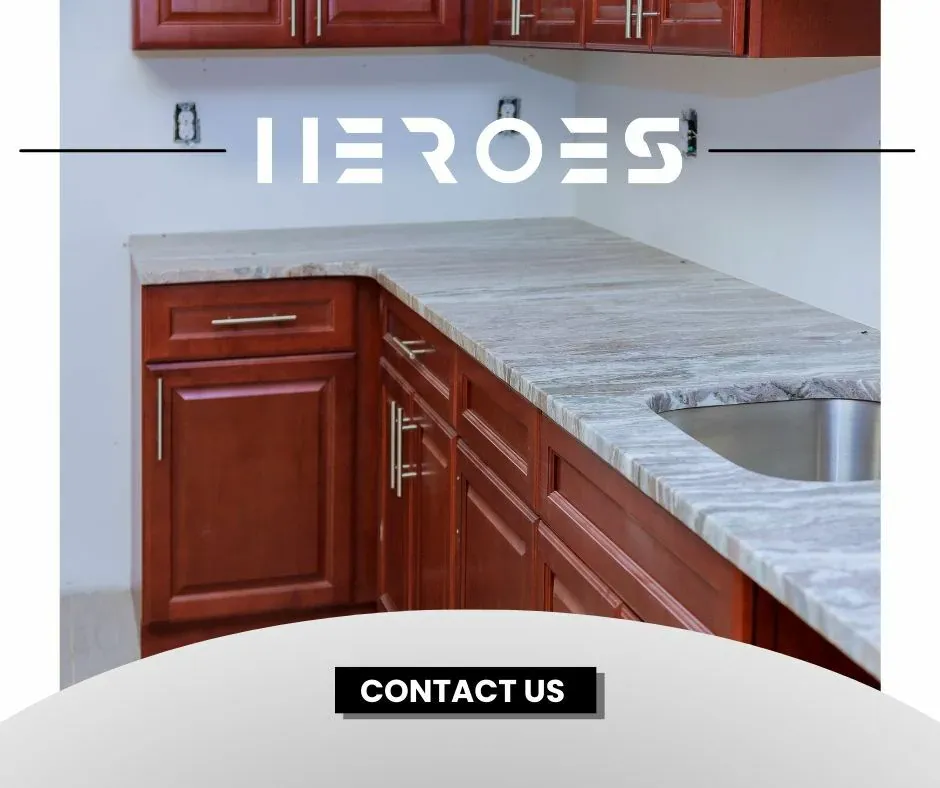The kitchen is often considered the heart of a home, a space that deserves thoughtful consideration in design and functionality.
One key aspect of kitchen remodeling is storage. Integrating stylish storage cabinets not only enhances aesthetics but also optimizes space utilization.
This transformation, however, requires a careful understanding of storage needs and style preferences. It is crucial to select cabinets that align with the overall kitchen design, while providing efficient storage solutions.
This guide offers valuable insights on how to achieve a harmonious blend of style and functionality in your kitchen through the strategic use of storage cabinets.
Identifying Your Kitchen Storage Needs
Before embarking on a kitchen transformation, it is crucial to determine the exact amount of storage necessary to accommodate your culinary tools and essentials. This involves a comprehensive audit of your kitchen items, ranging from cookware, cutlery, appliances, to pantry goods.
It is also important to ascertain the type of storage that will best suit your needs. This may include pull-out shelves for ease of access, compartments for organization, or drawers for concealment. The goal is to create a well-structured and efficient kitchen space that enhances your cooking experience.
Keep in mind that a well-planned kitchen layout with sufficient storage not only streamlines your cooking process but also contributes to a visually pleasing aesthetic.
Choosing the Perfect Cabinet Style
Selecting the ideal cabinet style, a critical component of your kitchen remodeling, requires careful consideration of both aesthetic appeal and practical functionality. The cabinet style should resonate with your personal taste, seamlessly blending with your kitchen’s overall design.
Think about whether a traditional, contemporary, or transitional style would best suit your kitchen. Traditional cabinets often feature intricate designs and rich wood tones, while contemporary cabinets are characterized by sleek lines and minimalist aesthetics. On the other hand, transitional cabinets combine elements from both styles, offering balance and flexibility.
Moreover, assess the cabinets’ functionality: consider the types and sizes of items you’ll be storing. Opt for cabinets with adjustable shelves and built-in organizers for maximum utility.



